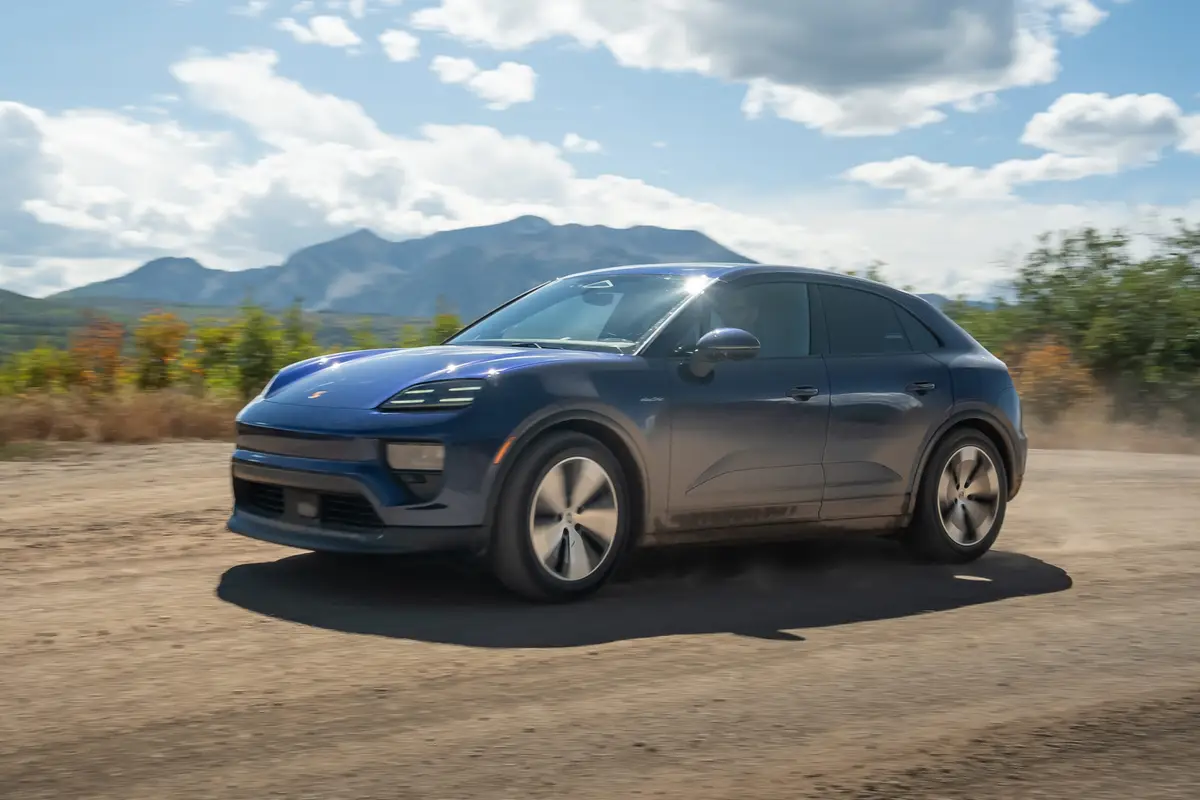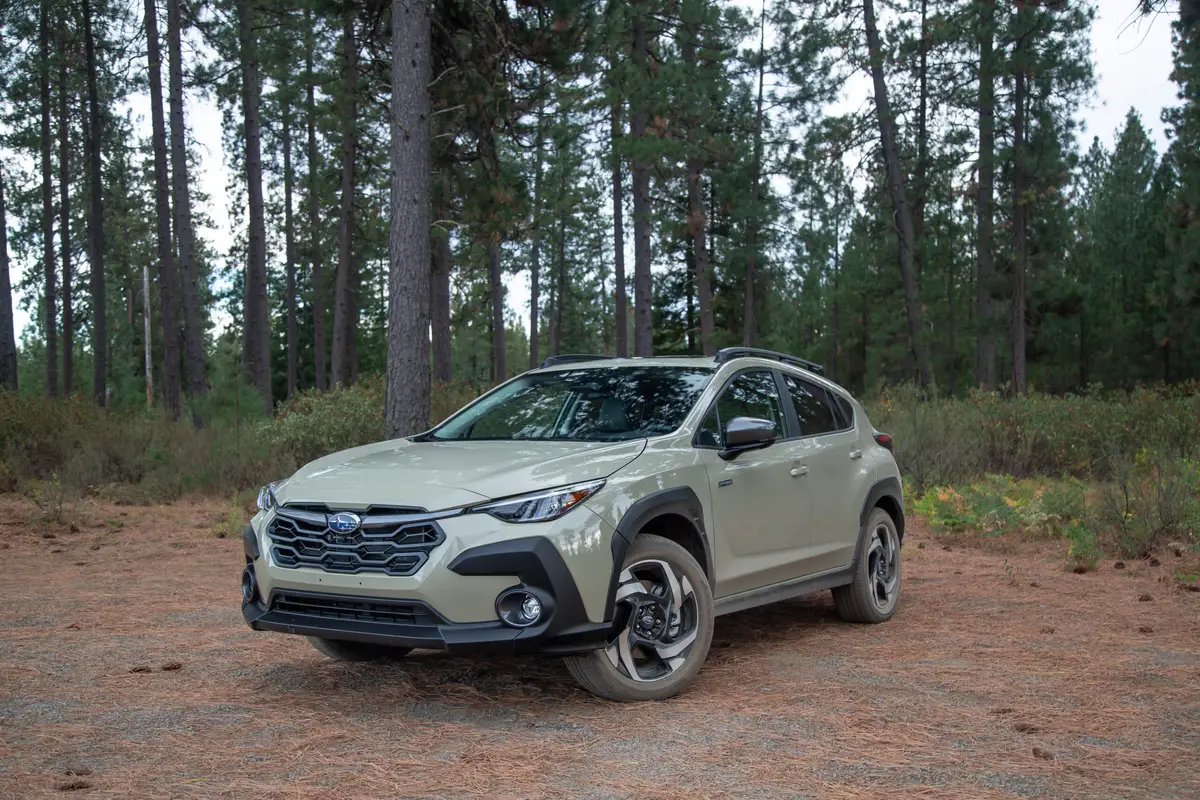$1 Trillion U.S. Infrastructure Bill: 3 Ways It Impacts Drivers

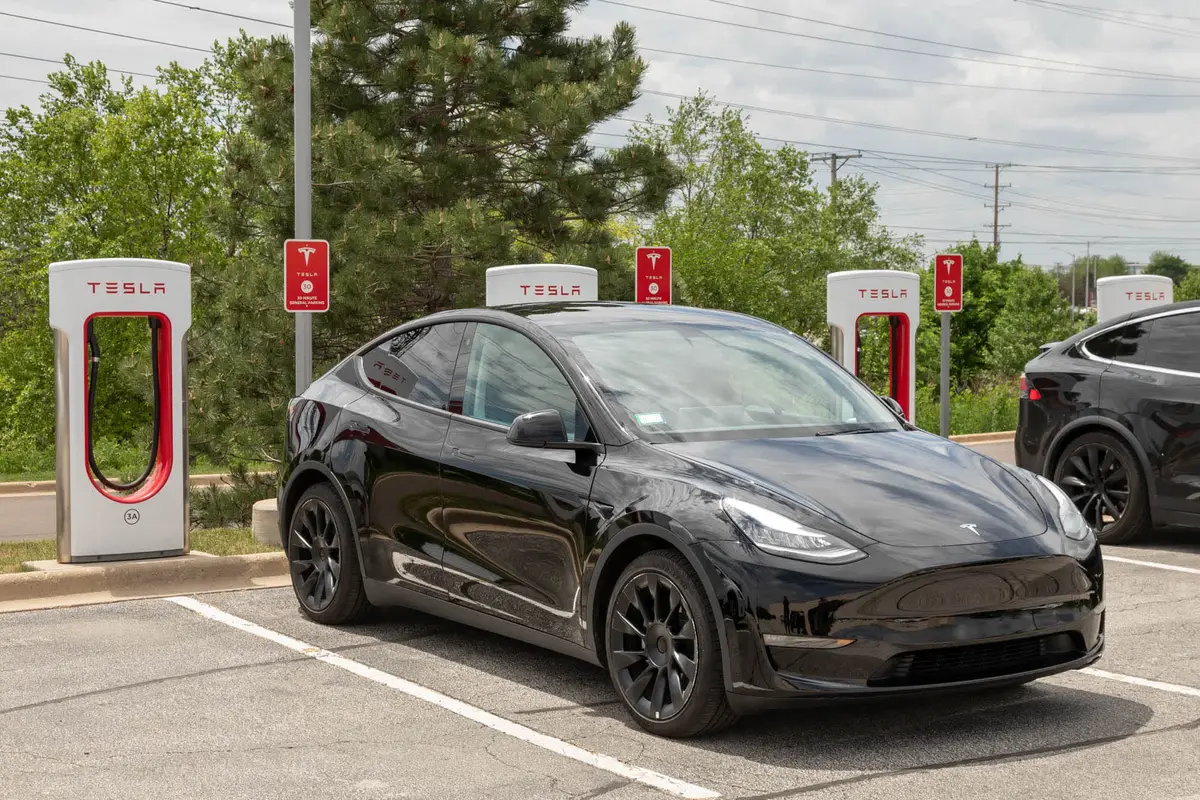
A trillion dollar U.S. infrastructure bill that includes $550 billion for transportation and electrification is on its way to President Joe Biden’s desk after getting the congressional nod of approval Friday. The largest infrastructure package in decades encompasses commuter concerns like electric-vehicle charging and substantial improvement projects for roads, bridges and public transit.
Related: EV Owners Frustrated by Public Charging, Says J.D. Power Study
Want to read all 1,039 pages? We didn’t think so. Below are the top three takeaways for vehicle owners and shoppers alike.
1. More Accessible EV Chargers
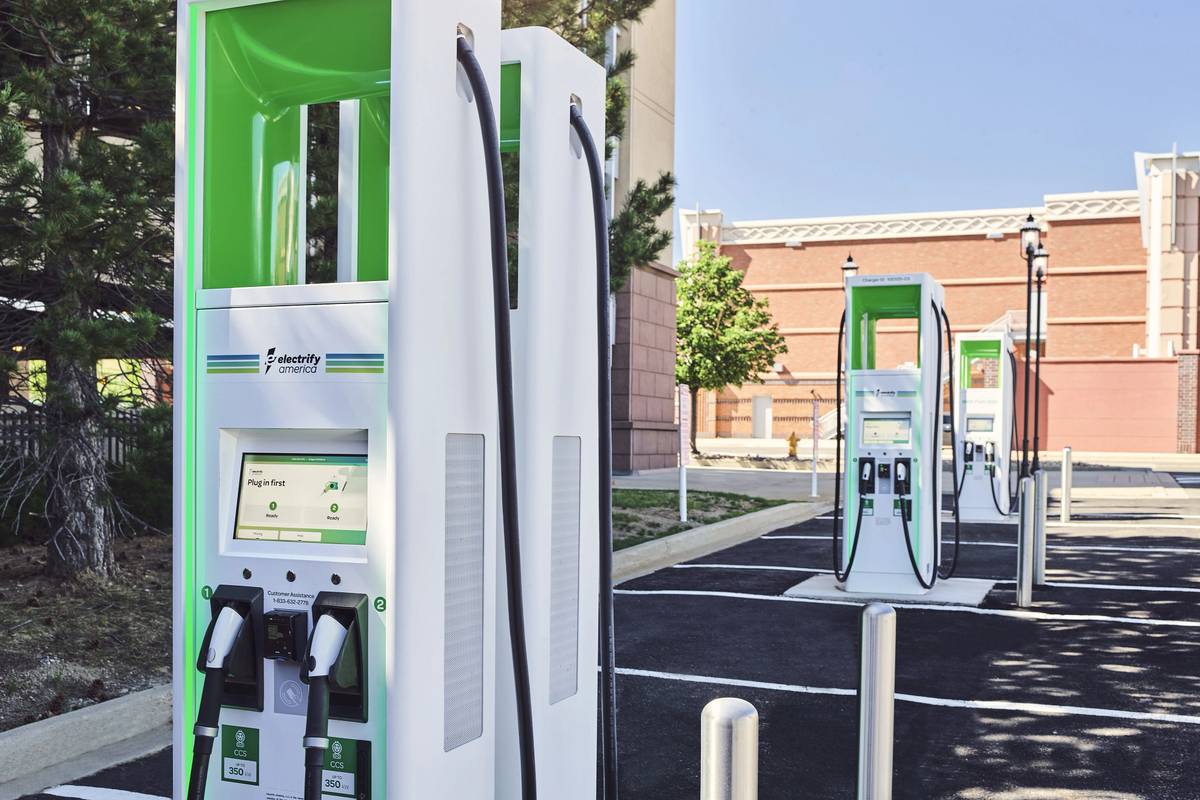
The infrastructure bill includes a $7.5 billion investment in EV charging infrastructure, according to the White House. While such infrastructure is not the only roadblock to EV adoption, DC fast-charging availability significantly influences owner satisfaction. A recent J.D. Power study shows a disparity in fast-charger access based on region. While the J.D. Power-designated West North Central and East North Central regions are above average for charger availability, the West South Central, Mid Atlantic, Mountain and Pacific regions rank below average.
The proposed improvements aim to plug the holes in access to EV chargers across the country. To achieve this, the bill specifies that charging stations should be nonproprietary, with open access to the public that does not require a membership. In addition to the $7.5 billion allocated specifically to EV chargers, another $65 billion will go to upgrade the country’s broader electric grid.
2. A Less Painful Commute?
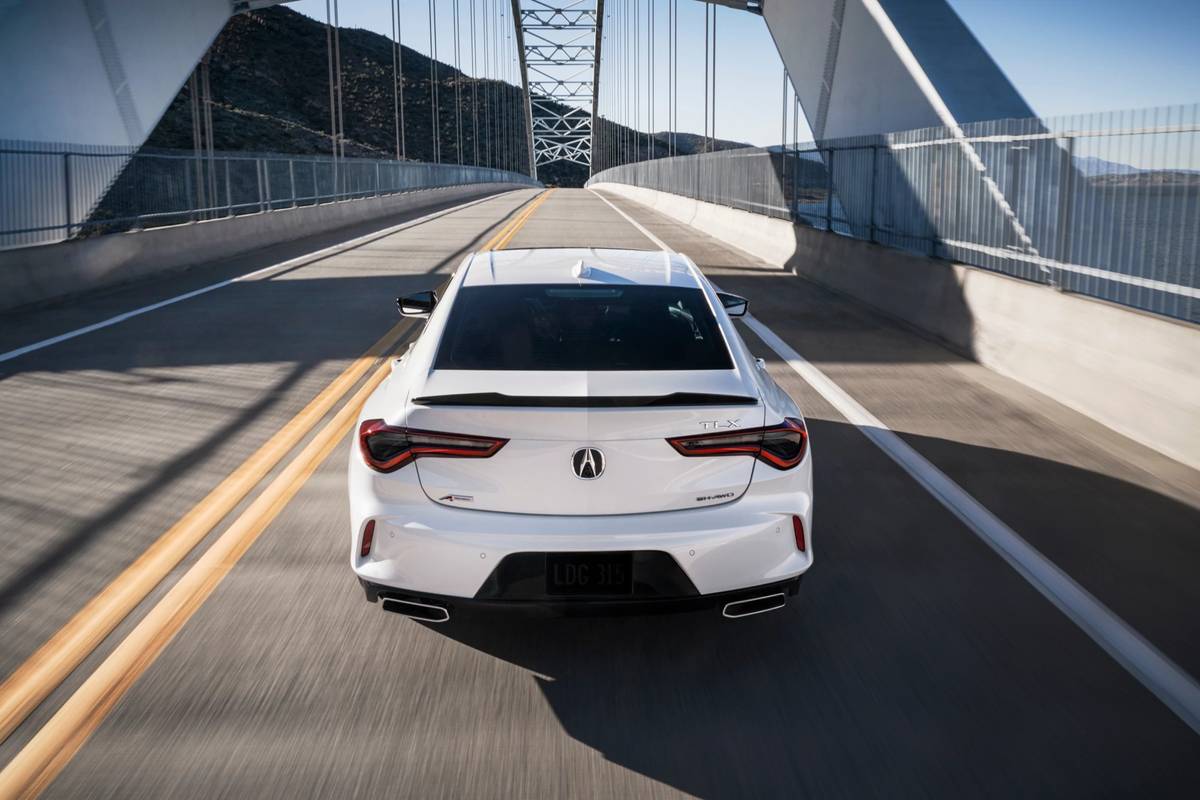
According to The Wall Street Journal, roughly $226 billion in funding is allocated to transportation projects, including $110 billion for improvements to roads and bridges. Along with upgrading public transit options like Amtrak, light rail and buses, the road improvements aim to reduce traffic congestion and elevate safety. Drivers shouldn’t expect a pothole-free commute any time soon, however; the Journal reports that many road projects won’t kick off for at least a year due to the nuances of the planning process. The current U.S. labor shortage is also likely to slow progress, and some major projects aren’t expected to conclude for a decade or more.
3. EV Credits Left in Limbo
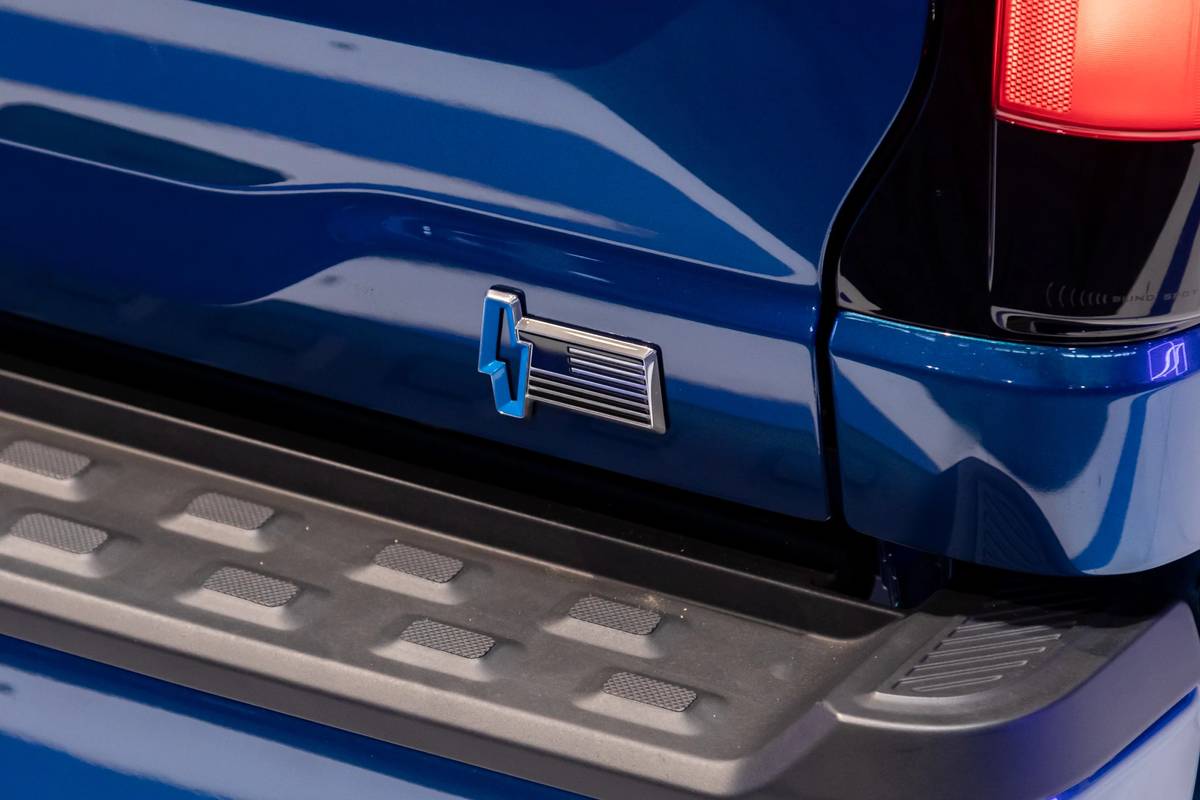
For prospective EV shoppers, what the bill doesn’t include might be just as important as what it does. A larger bill called the Build Back Better Act, which encompasses an expansion for EV tax credits, remains in limbo amid negotiations between House and Senate Democrats. The measure proposes a bonus of $4,500 in tax incentives for union-built EVs made in America. That effectively limits the maximum amount to vehicles from the Detroit Three: Ford (including sub-brand Lincoln), GM (Buick, Cadillac, Chevrolet and GMC) and Stellantis (Chrysler, Dodge, Jeep and Ram). With the additional $4,500, the proposed tax credits amount to $12,500 on vehicles assembled in the U.S. by unionized workers, excluding EVs from the likes of Tesla, Toyota and Volkswagen (all of which have non-union U.S. factories).
While the measure supposedly gives an advantage to American workers, it’s worth noting the Detroit Three all fell short of Tesla in Cars.com’s 2021 American Made Index, an annual study that ranks American-made vehicles by factoring in components like assembly location, parts content, engine and transmission origins, and U.S. manufacturing workforce.
Currently, EV credits have expired for Tesla and GM, but other eligible EVs offer credits of up to $7,500. The fate of the Build Back Better Act along with its EV tax credit stipulations is likely to be voted on later in November, Automotive News says.
More From Cars.com:
- Which Electric Cars Are Still Eligible for the $7,500 Federal Tax Credit?
- Here Are the New Electric Vehicles Planned by 2025
- What’s New With Electric Vehicles for 2021?
- 2021 Cars.com American-Made Index: Counting by Class
- 2021 Cars.com American-Made Index: What About the Least American Cars?
Cars.com’s Editorial department is your source for automotive news and reviews. In line with Cars.com’s long-standing ethics policy, editors and reviewers don’t accept gifts or free trips from automakers. The Editorial department is independent of Cars.com’s advertising, sales and sponsored content departments.

Former News Editor Jane Ulitskaya joined the Cars.com team in 2021, and her areas of focus included researching and reporting on vehicle pricing, inventory and auto finance trends.
Featured stories
